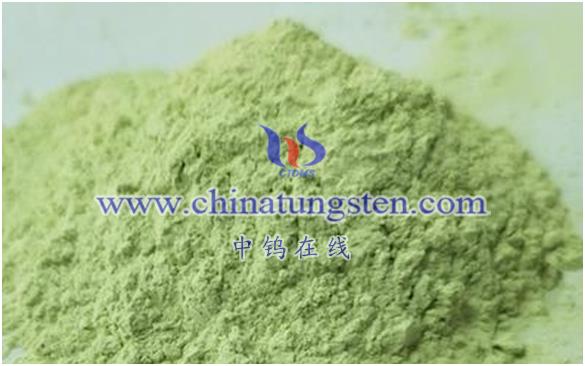Nano-tungsten trioxide vapor deposition (Chemical Vapor Deposition, CVD) is a synthetic method for preparing nano-tungsten trioxide films or nanoparticles. It deposits nano-tungsten trioxide on the surface of the substrate by chemically reacting the appropriate precursor compounds in the gas phase. In the CVD process, it is usually necessary to use precursor compounds of tungsten trioxide, such as metal-organic precursors (such as tungstate) or metal chlorides (such as tungsten chloride). These precursor compounds decompose at high temperature to produce reactants of tungsten and oxygen, which are then deposited on the surface of the substrate to form nano-tungsten trioxide.
There are generally two main types of CVD: thermal CVD and plasma CVD.

Thermal CVD: In thermal CVD, precursor compounds are decomposed at high temperature to generate active species, which chemically react on the substrate surface to deposit nano-tungsten trioxide. The reaction temperature is usually between 500°C and 1000°C.
Plasma CVD: Plasma CVD uses high-energy electrons, ions or activated substrate surfaces to enhance the reaction rate and control the morphology and quality of nano-tungsten trioxide. Plasma CVD is usually performed at lower temperatures, such as 100°C to 500°C.
The CVD method can realize the control of the nano-tungsten trioxide film, including the thickness, crystal structure and morphology of the film. It has important applications in the fields of microelectronics, optoelectronics, sensors and catalysts. It should be noted that CVD is a complex synthetic technique that requires precise control of reaction conditions and delivery of precursor compounds. In addition, safe operation and proper disposal of chemical waste are also key considerations when using CVD.
More details of tungsten oxide product, please visit website: tungsten-oxide.com
Please contact CHINATUNGSTEN for inquiry and order of tungsten oxide:
Email: sales@chinatungsten.com
Tel.: 86 592 5129595






